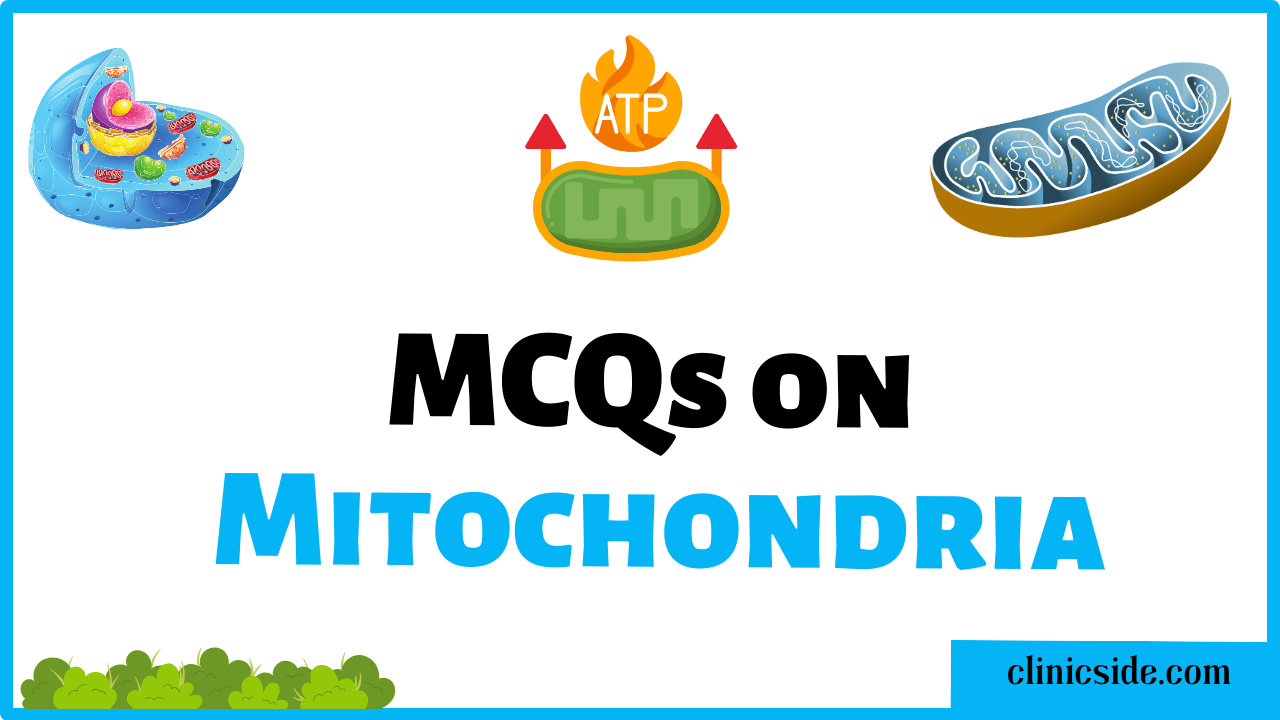Quiz
Available options: 1 to 20
The Forebrain and Its Essential Functions
The forebrain is a sophisticated and highly specialized region of the brain that plays a vital role in numerous critical functions, ranging from cognitive processing to emotional regulation. By examining the various structures within the forebrain, we can gain a better understanding of how the brain processes information, manages movement, and ensures the body’s balance. Below, we explore the key components of the forebrain and their functions, highlighting how they work together to maintain the body’s complex systems.
Cerebral Cortex
- Role: The cerebral cortex is the brain’s outer layer and governs higher-level functions such as voluntary movement, sensory perception, reasoning, and decision-making.
- Importance: It allows humans to engage in complex cognitive tasks like thinking and planning. The cerebral cortex is divided into different lobes, each responsible for specific activities.
Thalamus
- Role: Serving as a relay hub, the thalamus directs sensory and motor signals to the appropriate areas of the brain for further processing. It also contributes to consciousness, sleep, and alertness.
- Importance: Without the thalamus, sensory information would be difficult to process and movement coordination would be impaired.
Hypothalamus
- Role: The hypothalamus regulates essential functions like body temperature, hunger, thirst, sleep, and hormone secretion.
- Importance: It acts as the body’s internal control center, ensuring homeostasis and playing a key role in emotional responses and stress management.
Basal Ganglia
- Role: The basal ganglia coordinate voluntary motor movements, ensuring that actions are smooth and well-controlled.
- Importance: Dysfunction in this area can lead to movement disorders such as Parkinson’s disease and Huntington’s disease.
Limbic System
- Role: The limbic system, including the amygdala and hippocampus, is responsible for emotional reactions, memory formation, and managing stress.
- Importance: It links emotions to memories and plays a crucial role in survival behaviors, such as the fight-or-flight response.
Neurotransmitters and Reward System
- Dopamine: The forebrain is integral to the release of dopamine, a neurotransmitter that influences motivation, reward, and pleasure. It also plays a role in mood regulation and addictive behaviors.
Frontal Lobe
- Role: The frontal lobe is involved in executive functions such as decision-making, problem-solving, motor function, and speech production.
- Importance: Damage to this region can affect reasoning, personality, and the ability to make decisions.
Speech Production and Comprehension
- Broca’s and Wernicke’s Areas: These brain regions are essential for speech production and comprehension. Damage to Broca’s area can impair speech production, while damage to Wernicke’s area affects the understanding of speech.
The Forebrain’s Role in Human Behavior
The forebrain’s various components work together to regulate both voluntary and involuntary functions, facilitating the perception of the world, decision-making, emotional expression, and complex behaviors. Any disruption to these brain regions can result in cognitive, emotional, or motor impairments, which underscores their significance in everyday life.
By exploring the functions of the forebrain and its structures, we gain a deeper appreciation for how the brain coordinates multiple systems to maintain overall health and well-being. This knowledge provides a foundation for understanding the forebrain’s central role in human behavior and its critical influence on how we experience and interact with the world.






Hi clinicside.com admin, Keep up the good work!